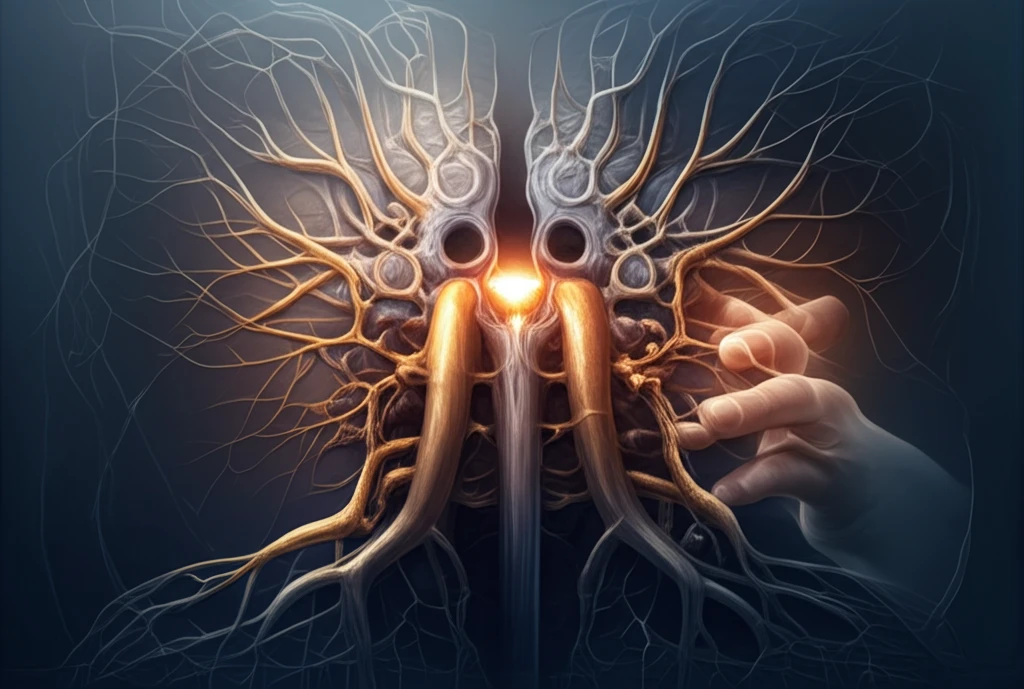
Unmasking Vernet's Syndrome: A Comprehensive Guide to Symptoms, Diagnosis, and Management
"Decoding the complexities of Vernet's Syndrome and its link to internal jugular vein thrombosis"
Have you ever heard of Vernet's Syndrome? It's a rare condition that affects specific cranial nerves, leading to a unique set of challenges. While it might sound intimidating, understanding the basics can empower you to recognize symptoms and seek timely help. This article aims to break down the complexities of Vernet's Syndrome, providing you with clear, actionable information.
Vernet's Syndrome, also known as jugular foramen syndrome, involves the ninth, tenth, and eleventh cranial nerves (CN IX, X, and XI). These nerves control vital functions such as swallowing, speech, and specific muscle movements in the neck and shoulders. When these nerves are compromised, it can result in a range of symptoms that significantly impact daily life.
In this comprehensive guide, we'll delve into the causes, symptoms, diagnostic approaches, and management strategies for Vernet's Syndrome. We will also explore a specific case study highlighting the connection between Vernet's Syndrome and internal jugular vein thrombosis, offering a deeper understanding of this rare association.
What is Vernet's Syndrome? Understanding the Basics

Vernet's Syndrome, named after French neurologist Maurice Vernet, arises from damage or dysfunction of the cranial nerves IX, X, and XI. These nerves pass through the jugular foramen, an opening at the base of the skull. Any lesion or compression in this area can lead to Vernet's Syndrome.
- Cranial Nerve IX (Glossopharyngeal Nerve): Controls swallowing, salivation, taste (posterior tongue), and sensation in the throat.
- Cranial Nerve X (Vagus Nerve): Manages swallowing, speech, heart rate, digestion, and sensory information from internal organs.
- Cranial Nerve XI (Accessory Nerve): Controls the sternocleidomastoid and trapezius muscles, enabling head and shoulder movements.
Moving Forward: Hope and Management Strategies
While Vernet's Syndrome presents numerous challenges, advancements in diagnostics and treatments offer hope for improved quality of life. If you or someone you know experiences symptoms suggestive of Vernet's Syndrome, seeking prompt medical attention is crucial. Early diagnosis and appropriate management can help mitigate the impact of this condition, allowing individuals to lead fuller, more active lives.
